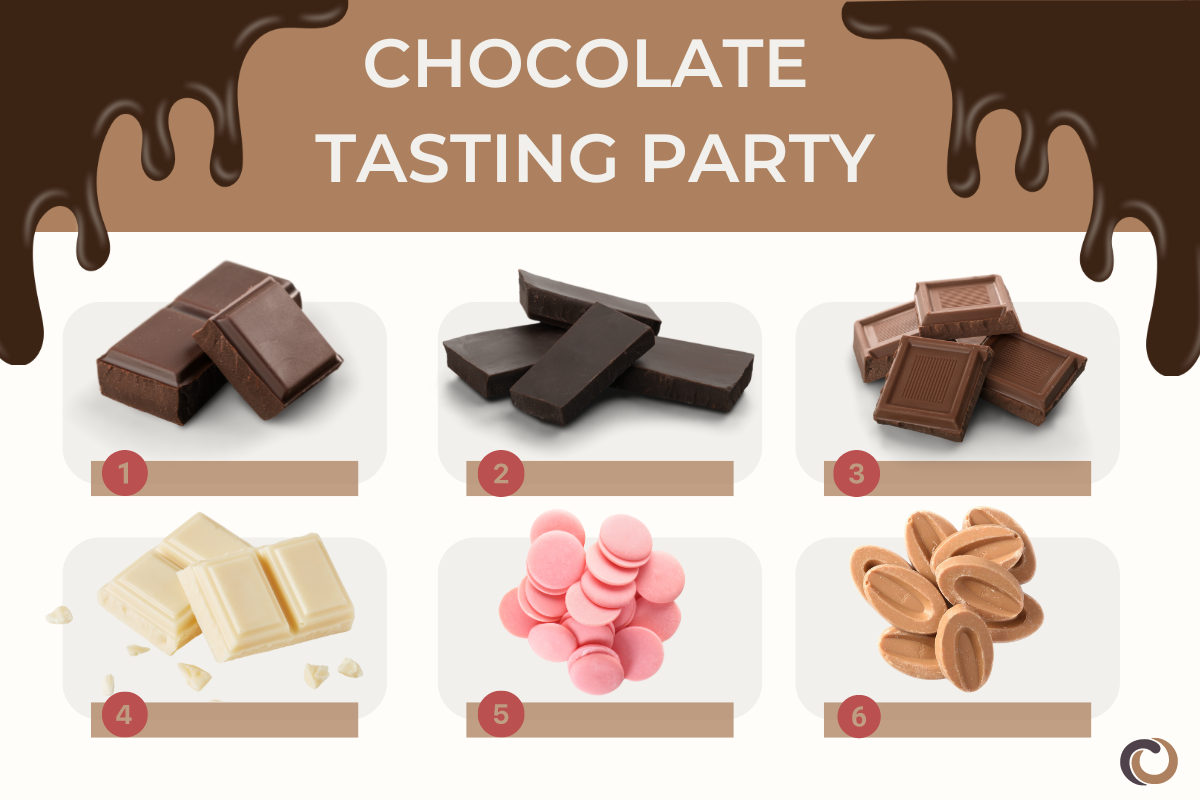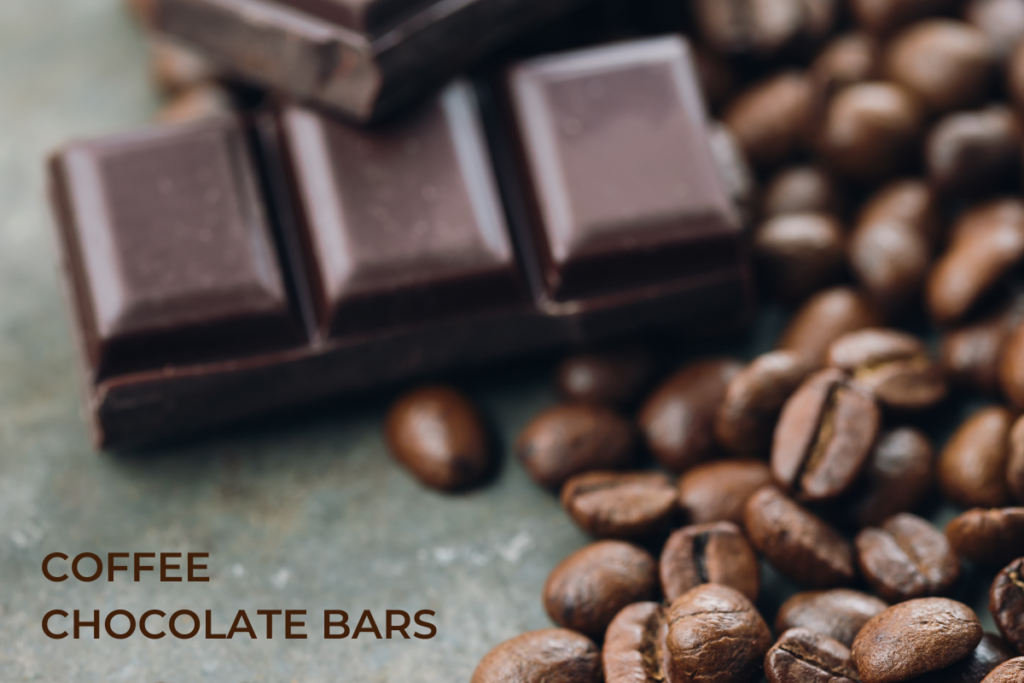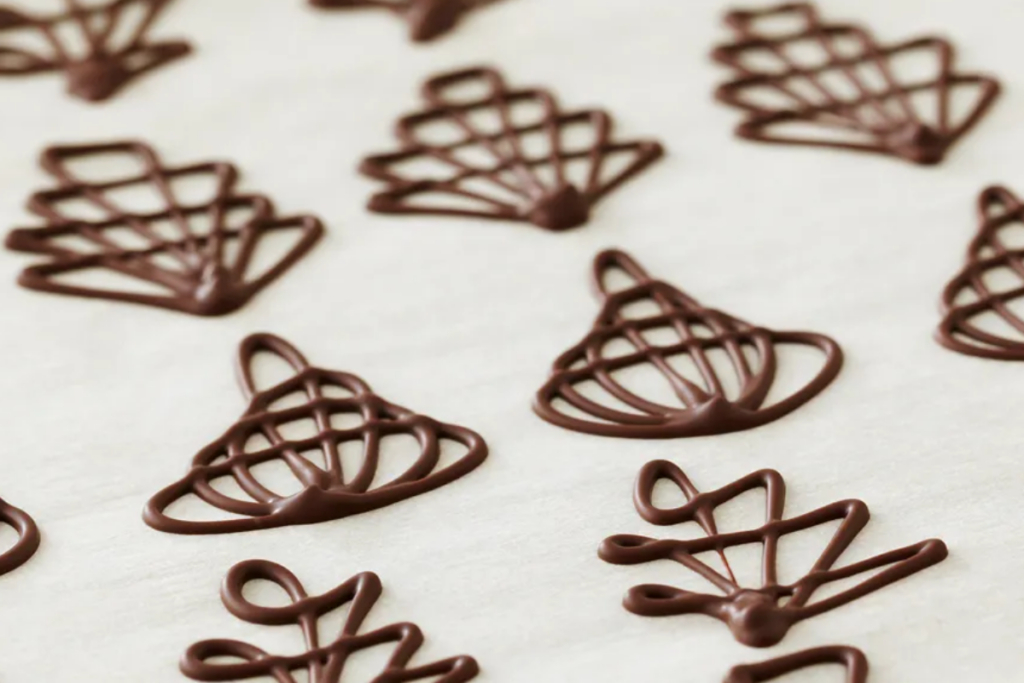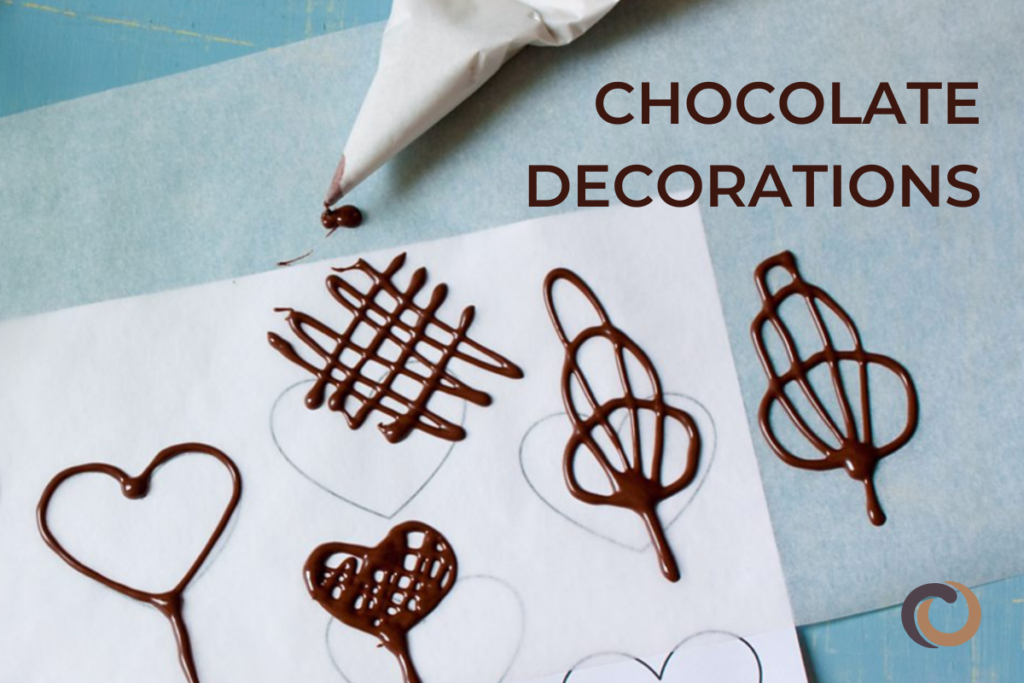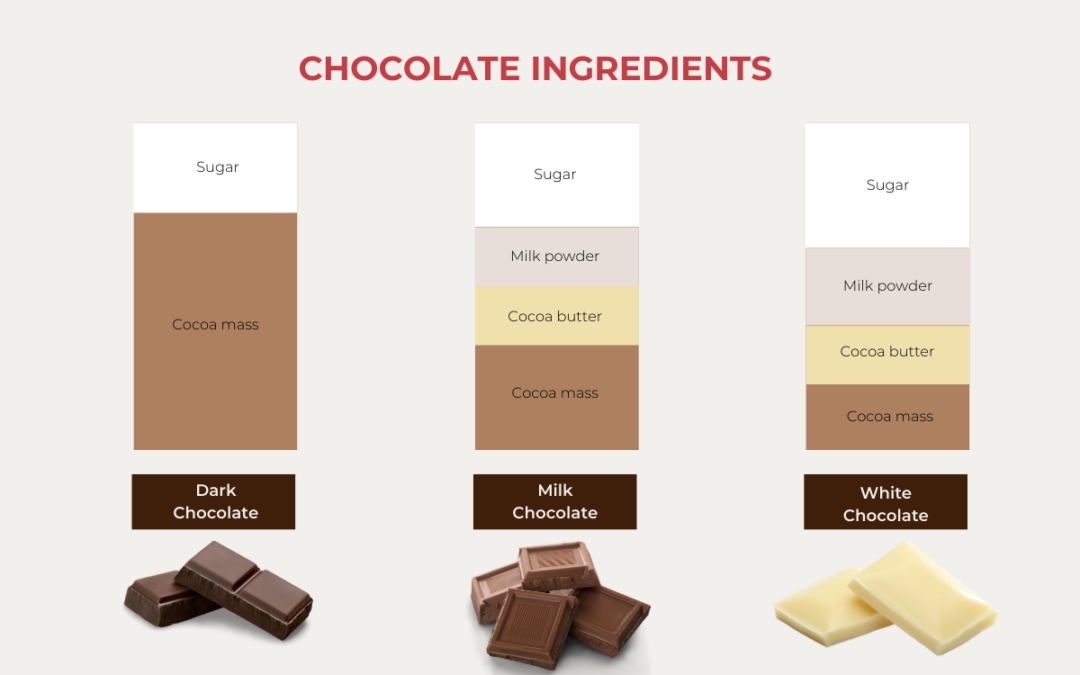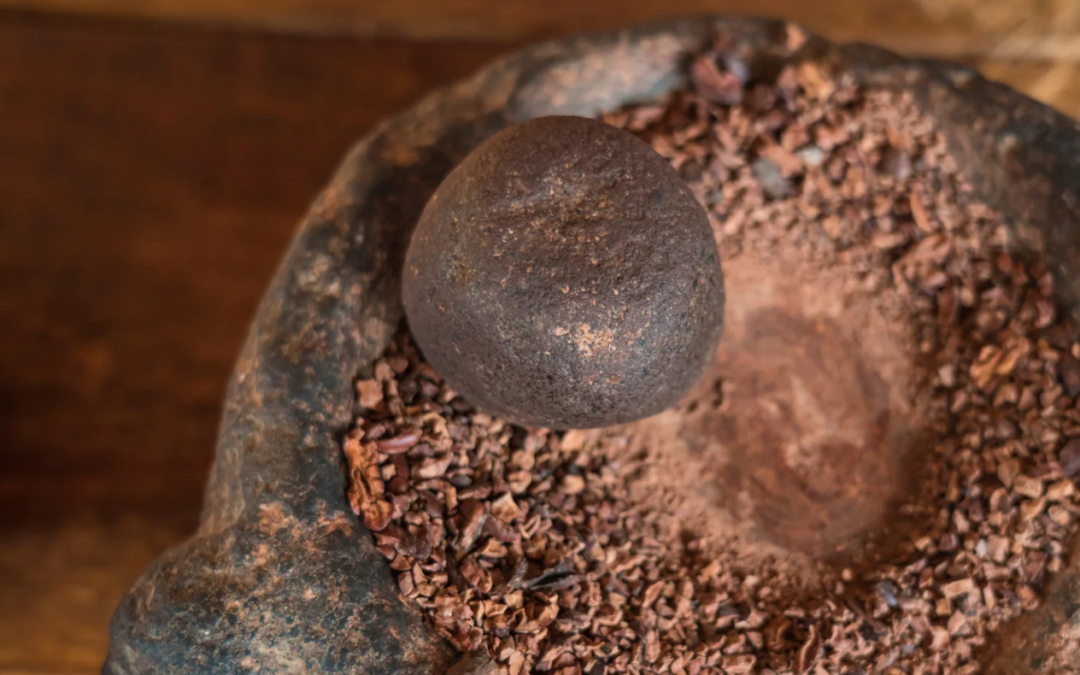We’ve got the perfect idea for your next hosting event—why not throw a chocolate tasting party? It’s a fun and unique way to bring friends together for an unforgettable evening filled with delicious chocolate. Whether you want to try something new or simply taste some classic chocolates side-by-side, we’ll guide you through planning the perfect chocolate tasting. From choosing the right chocolates to setting up the tasting, get ready for a night of new flavors and good memories!
What is a chocolate tasting party?
A chocolate tasting party is a fun gathering where guests sample and compare different types of chocolate. Similar to a wine tasting, it allows people to explore a variety of flavors, textures, and aromas found in chocolate. Participants often taste chocolates with different cocoa percentages, origins, and ingredients, learning to appreciate the nuances of each piece. It’s a one-of-a-kind experience to savor chocolate, learn about its production, and explore new favorites with friends. Plus, you can bring your own pairings (wine, whiskey, coffee, etc.) to make it even more fun!
Selecting the chocolate for the tasting
When choosing chocolate for a tasting party, having a variety of different chocolates is essential. Here are some variations to consider:
- Types of Chocolate: You can stick to one type of chocolate, such as dark or you can offer a variety of dark, milk, and white chocolates to give guests a full range of flavors. You can also explore less common chocolates, such as ruby and blonde chocolate.
- Cocoa Percentages: If you are sticking with one type of chocolate, you can either select bars that all have the exact same cocoa percentage, so you can really compare the flavor differences, or give people a variety of cocoa percentages (e.g., 50%, 70%, 85%, 100%) to let people explore the balance between sweetness and bitterness.
- Single-Origin Chocolates: Sample chocolates made from beans sourced from different countries (e.g., Ecuador, Ghana, Madagascar) to discover how the origin influences the flavor.
- Flavored and Specialty Chocolates: Include chocolates with unique ingredients such as sea salt, nuts, or fruit to add variety and enhance the tasting experience. You can find both chocolate with inclusions and infusions.
- High-Quality Brands: For the best experience, choose high-quality brands or artisan chocolates. Check out this article on the quality of cocoa beans.
Make sure to serve small portions of each chocolate to allow guests to sample a range of flavors without feeling overwhelmed. Providing a diverse and small selection will keep the tasting experience engaging and enjoyable for everyone. In general, people shouldn’t taste more than 4-6 samples at one time.
Setting up your chocolate tasting party
- Prepare the Space: Select a comfortable area with ample lighting (to see the color differences in the chocolate samples) and comfortable space where guests can relax and fully enjoy the experience. Make sure that you are in a location where there aren’t any competing smells, since this will make it difficult to detect aroma differences. A clean, well-organized table for displaying the chocolates will enhance the tasting.
- Provide Tasting Sheets: Provide guests with a simple guide or sheet where they can note their impressions of flavor, texture, and aroma. You can find a variety of examples online that you can download for free or feel free to create your own. This will help them compare different chocolates and remember their favorites. Decide if you want people to know the details of each sample in advance or if this is going to be a blind tasting.
- Arrange the Chocolate: Arrange the chocolates from lightest to darkest, starting with white and milk chocolates and moving to darker varieties with higher cocoa percentages. This helps ensure that the stronger flavors do not overwhelm the palate too soon.
- Serve Palate Cleansers: Provide water and neutral snacks like crackers or bread to help guests cleanse their palates between different chocolates. Room temperature or warm water is best since it will help wash away the chocolate from the previous taste (don’t serve cold water!).
- Offer Small Portions: Cut the chocolates into bite-sized pieces so everyone can sample all the options without getting too full too quickly.
- Educate & Engage: Share interesting facts about each type of chocolate or region it comes from to make the tasting more engaging and informative. If your chocolate comes with tasting notes, you may want to include them so that your guests know what flavors to expect.
Pairing chocolate with other foods
Pairing chocolate with complementary flavors can elevate the tasting experience and bring out its unique characteristics. By combining chocolate with ingredients like fruits, nuts, or cheeses, you can enhance its rich flavors and create a more memorable and nuanced tasting experience. Exploring these pairings adds depth to the tasting and helps you appreciate the full range of flavors in each piece of chocolate.
Fruits
- Dark chocolate pairs well with berries like raspberries and strawberries.
- Milk chocolate complements bananas, oranges, and apples.
- White chocolate goes well with tropical fruits like mango or pineapple.
- Ruby chocolate goes well with berries like raspberries and strawberries or pomegranate.
Nuts
Almonds, hazelnuts, peanuts, and pistachios pair wonderfully with dark and milk chocolates, adding a satisfying crunch and rich, nutty flavors. Cashews, macadamias and pecans complement white chocolate with their smooth, buttery taste. Ruby chocolate, with its unique berry-like notes, pairs exceptionally well with walnuts, enhancing its flavor profile with a delightful contrast.
Cheese
For a delightful and unexpected twist, consider pairing chocolate with cheese. This combination can create intriguing flavor contrasts and enhance the tasting experience. Try pairing aged gouda with dark chocolate; the rich, caramel notes of the gouda complement the deep, intense flavors of the dark chocolate. Alternatively, brie cheese pairs beautifully with milk chocolate, as the creamy, buttery texture of the brie balances the smooth sweetness of the milk chocolate. These pairings offer a unique way to explore how the flavors of cheese and chocolate can harmonize and elevate each other. And don’t be afraid to lay it all out nicely by creating a chocolate charcuterie board.
Beverages
Wine: Most red wines like cabernet sauvignon can compete with the intensity of dark chocolate, so try to pair it with a sweeter wine like a port. White wines can nicely complement milk and white chocolates.
Coffee: The rich, roasted flavor of coffee pairs well with dark chocolate.
Tea: Green tea or Earl Grey can balance the richness of milk or white chocolate.
Experimenting with different pairings can reveal how various flavors enhance and transform the chocolate, leading to exciting and new taste experiences. By combining chocolate with a range of ingredients, such as fruits, nuts, and cheeses, you can uncover unique flavor profiles and create delightful contrasts. Each pairing offers a new dimension, allowing you to explore how these complementary tastes interact and elevate the overall chocolate experience. Embrace the adventure of flavor discovery and enjoy the endless possibilities that come with each new combination!
For more great articles and recipes, check out the rest of our CocoTerra blog.
If you have any questions or comments, feel free to contact us through our social media channels. We are @cocoterra_co on Instagram and Pinterest and @cocoterraco on X (aka Twitter) and Facebook.

